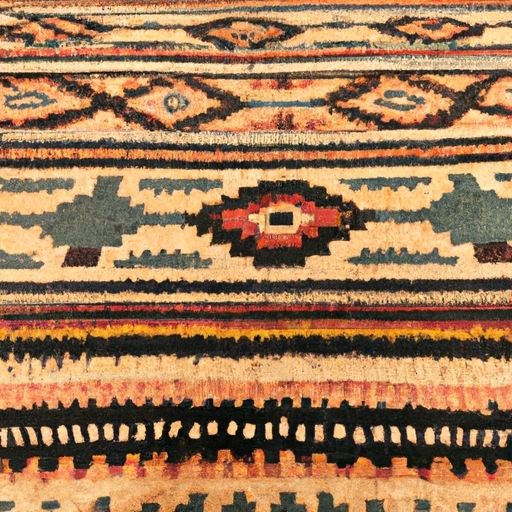southwest and western interior design trend
History and Cultural Significance of Southwestern Design
Southwest and Western interior design trends have distinct characteristics that set them apart from other styles. These distinctive features embody the spirit of the American Southwest and evoke a sense of rugged beauty and natural elements.
One characteristic of Southwest and Western interior design is the use of earthy colors. Warm hues like terracotta, dusty reds, and deep browns are commonly seen in these styles. However, it is unlikely to find vibrant neon colors in this design trend as they clash with its rustic charm.
Another hallmark of Southwest and Western interior design is the incorporation of natural materials. Wood, stone, and leather are frequently used to bring a touch of nature indoors. The least probable material to be found in this style would be plastic as it lacks the authenticity associated with these designs.
Furniture in Southwest and Western interior design tends to be sturdy yet comfortable. Rustic wooden tables and chairs often feature intricate carvings or hand-painted details. However, it would be uncommon to find sleek modern furniture pieces in this style as they deviate from its traditional appeal.
Accessories play a crucial role in completing the look of Southwest and Western interiors. Native American-inspired patterns adorn blankets, rugs, and throw pillows, adding texture and interest to spaces. However, it would be unusual to see delicate lace doilies or frilly curtains as they contrast with the boldness of this design style.
Lastly, artwork is an essential element that captures the essence of Southwest and Western interiors. Paintings depicting desert landscapes or Native American motifs are popular choices for wall decor. Nevertheless, abstract art pieces may not align well with this theme due to their departure from representational imagery.
In conclusion, understanding the characteristics of Southwest and Western interior design allows individuals to embrace its unique qualities when styling their homes. By incorporating earthy colors, natural materials, sturdy furniture pieces, indigenous accessories, and appropriate artwork into their spaces; homeowners can create an environment that exudes the spirit of the American Southwest and Western regions.
